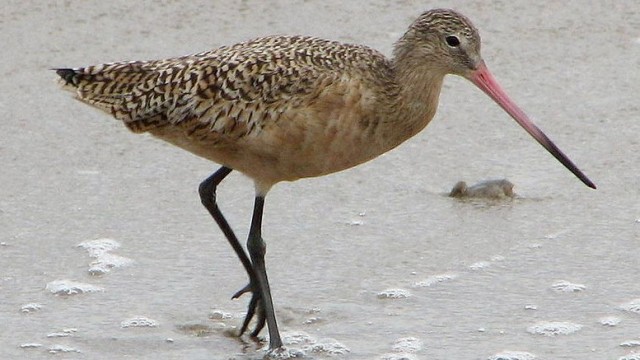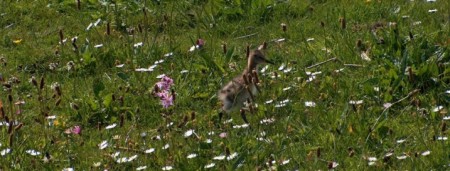The wheel of the seasons turns again and the shorebirds have returned to our Bay! From the small “peeps” like sandpipers and sanderlings to the larger willets, long-billed curlews and marbled godwits, our shorelines are teeming with bird life. It was a quiet summer while they were away. Now, seemingly overnight, they’ve flown in from the far north filling the marshes, rocks and mudflats with their near constant chattering and weeping cries. Their full-grown young have returned with them, or separately depending on the species, in a miracle of life that occurs year after year. San Francisco Bay is a vital migration hot spot to shorebirds in the entire Western hemisphere of our globe.
Let's look at an example of how one species uses the "Pacific Flyway". At the beginning of summer, mated pairs of marbled godwits hatched their eggs on Arctic tundra or northern marshes and prairie potholes. Their chicks fattened and grew on insects (for the most part) from the 24-hour “Buffet of the Midnight Sun.” In the span of a few weeks, the chicks matured, changing from long-legged fluff balls to juveniles with sleek feathers and long legs and beaks.
The females left about a month after the young hatched, while the males stayed on until the young are able to fly. Winging away south, they traveled with the others of their kind. There is a study currently underway to track marbled godwits between their breeding grounds and wintering habitat coordinated by the United States Geological Survey.

